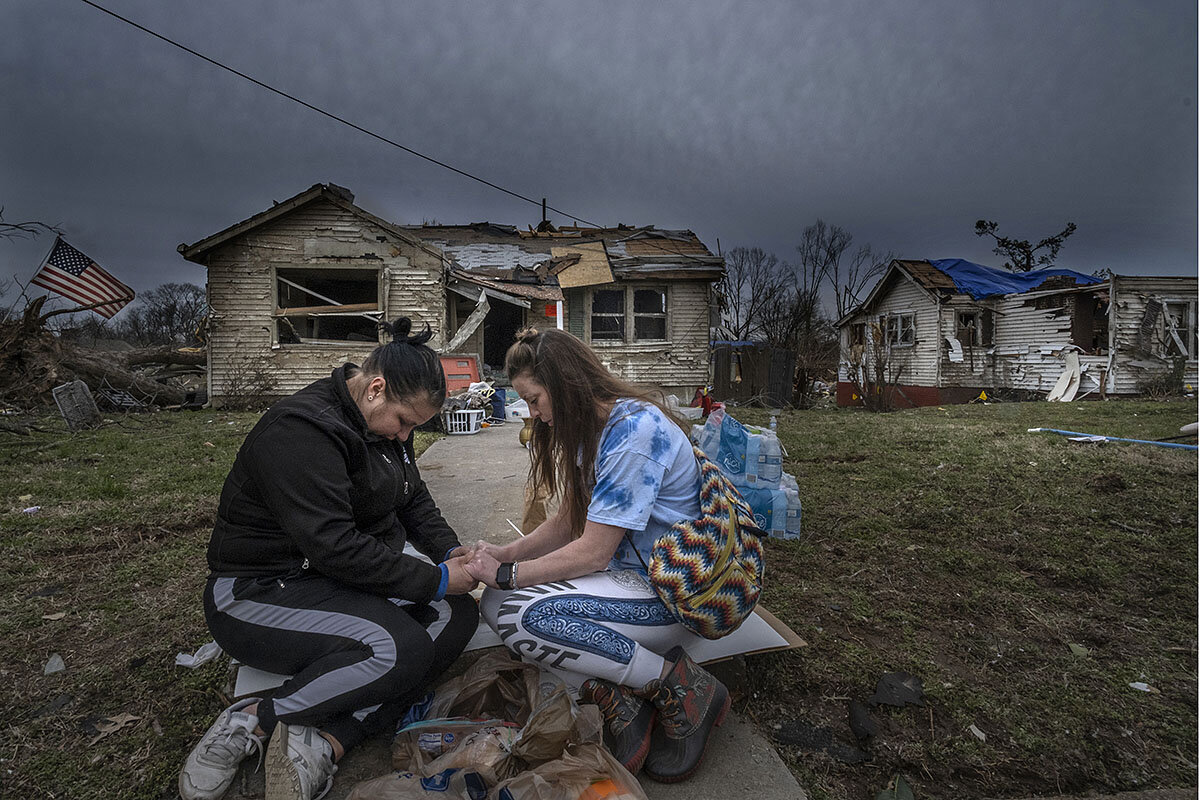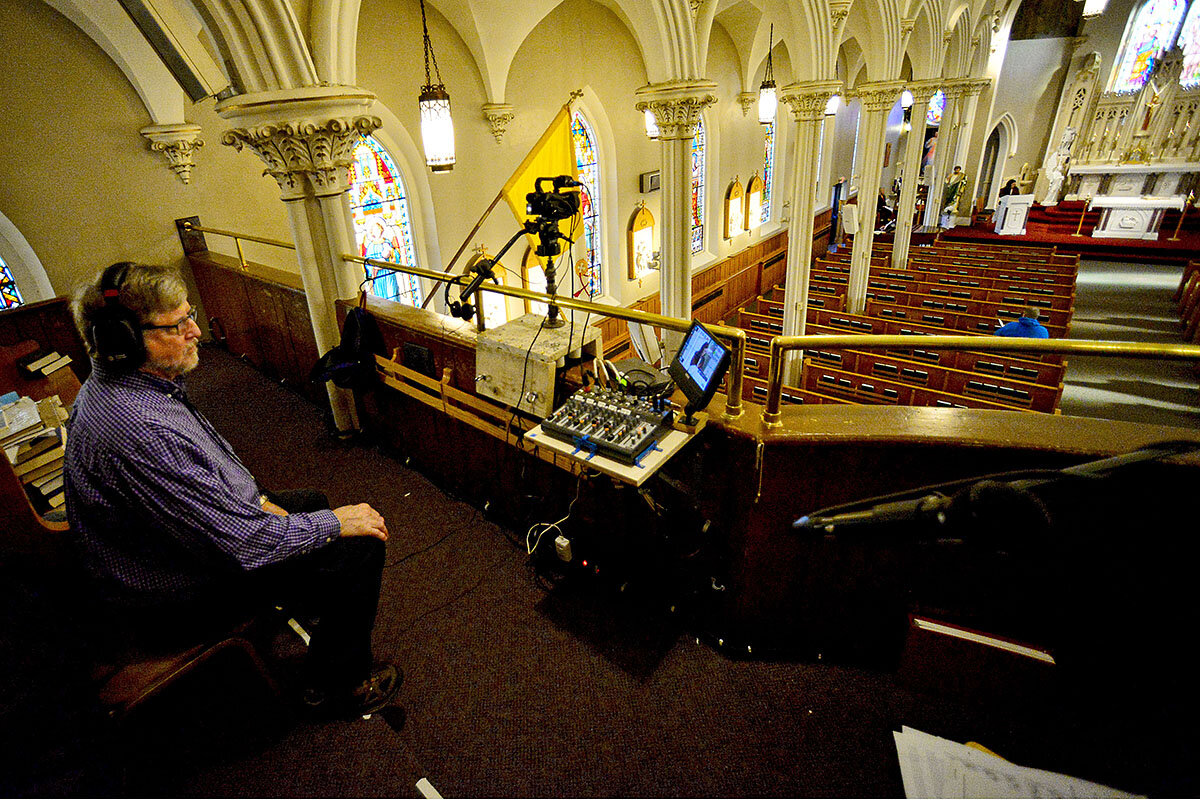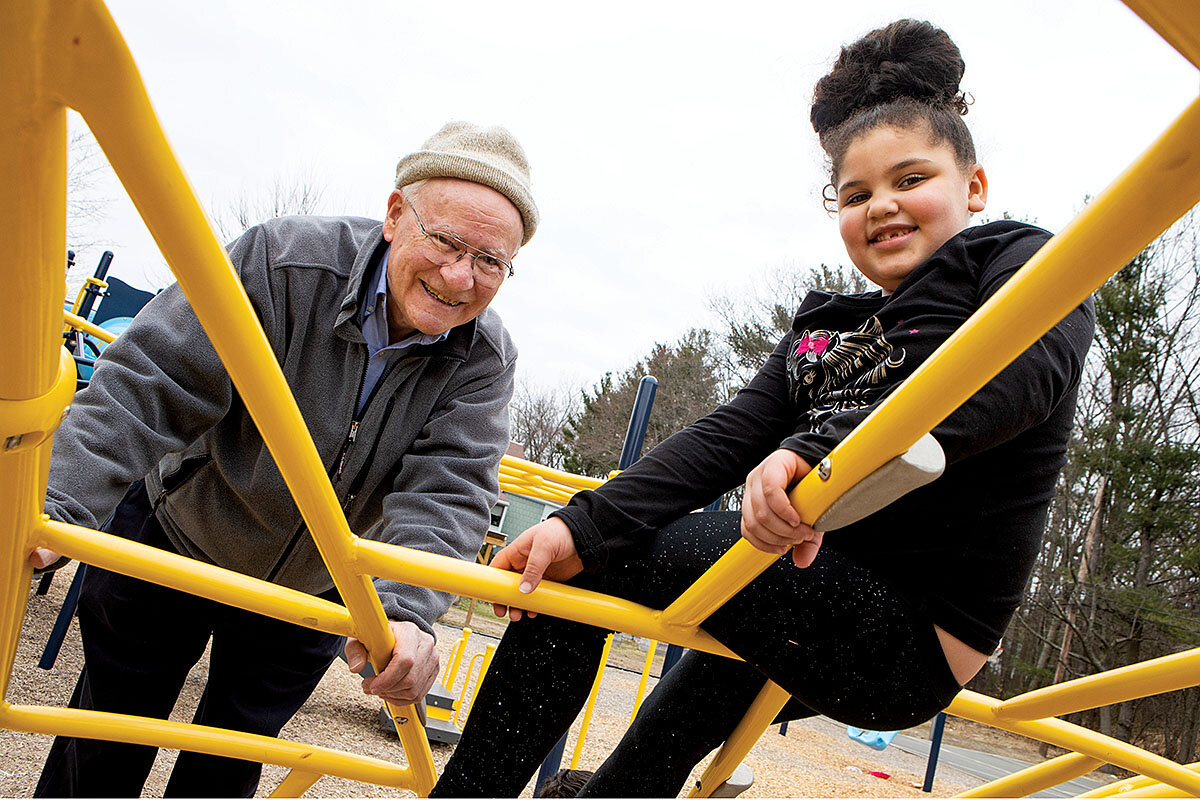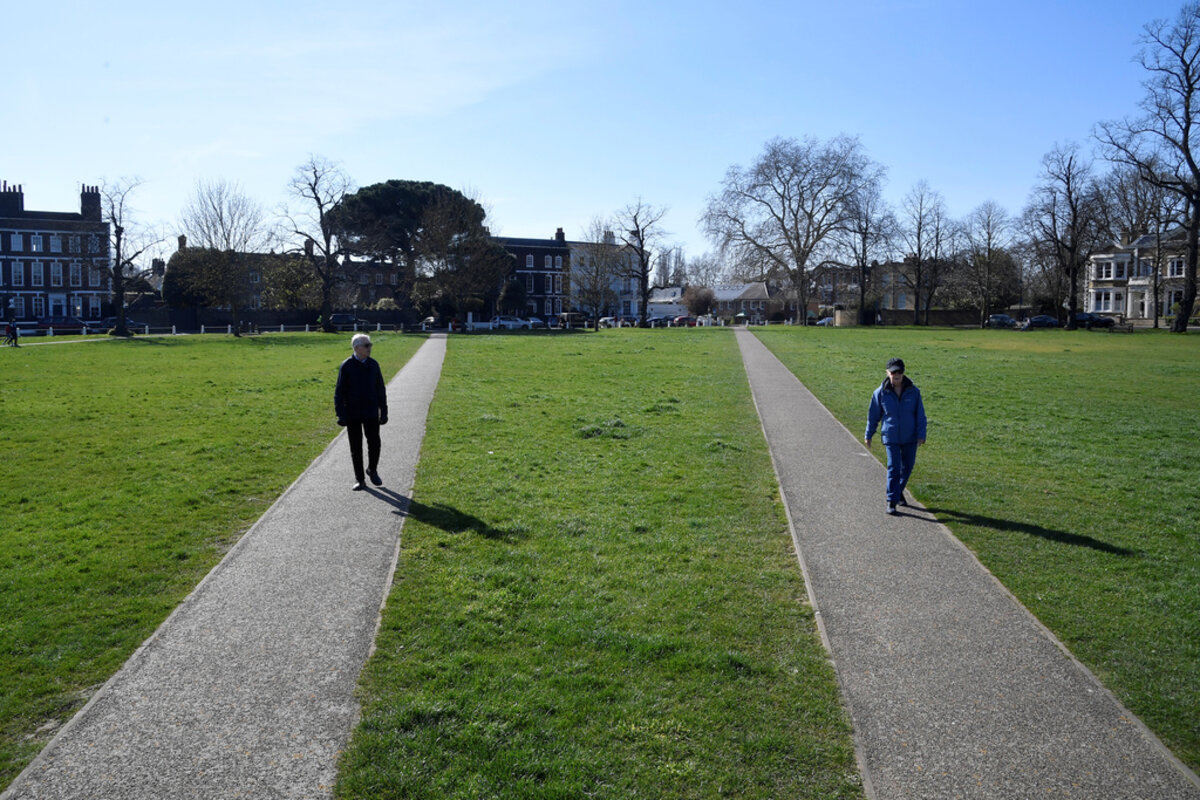How does a city deal with a natural disaster and a pandemic at the same time? In Nashville, residents are getting creative about how to help each other pick up the pieces after a spate of tornadoes.
Monitor Daily Podcast
- Follow us:
- Apple Podcasts
- Spotify
- RSS Feed
- Download
 Peter Grier
Peter Grier
Today’s issue includes a look at how a U.S. city deals with a pandemic and a natural disaster at the same time; an explainer about how the current economic plunge differs from past downturns; a story about how places of worship are adapting to their new virtual reality; a piece on Hoops and Homework, an after-school program for disadvantaged youth in Framingham, Massachusetts; and a collection of tips for creative dishes you can make with the ingredients hanging around in your pantry.
This weekend my family will welcome a new member to join our sheltering in place. His name is Chester.
Chester is a foster dog, a beagle mix. He’s built low to the ground, but Southern Maryland Beagle Rescue bills him as “playful and very friendly.” We’re taking him in to help the local animal rescue system prepare for the coronavirus crisis. Shelters are rushing to clear space in case they’re flooded with pets whose owners fall ill and can no longer care for them.
This need has already been met with a tremendous response across much of America. In the New York City area, shelters say they’re running out of dogs and cats to foster or adopt, as people rush to get a new friend to help calm them in fraught times. In Philadelphia, foster applications have been pouring in at an unprecedented rate.
“It is one tiny silver lining in all this – that an animal gets to go home from a shelter,” Philadelphia Animal Welfare Society Executive Director Melissa Levy told the Inquirer.
Of course, dogs and cats are a responsibility. Shelter directors are also worried about a flood of returned animals after the current crisis ebbs. The ASPCA stresses that owners should have a crisis preparedness plan for their pets, as well as themselves.
As for Chester, he’ll be joining Lucy the Leaping Beagle, who can snatch a sandwich out of your mouth if you’re not looking. She’s a foster, too. Or was – it’s been two years now. Somehow, she’s still around.











